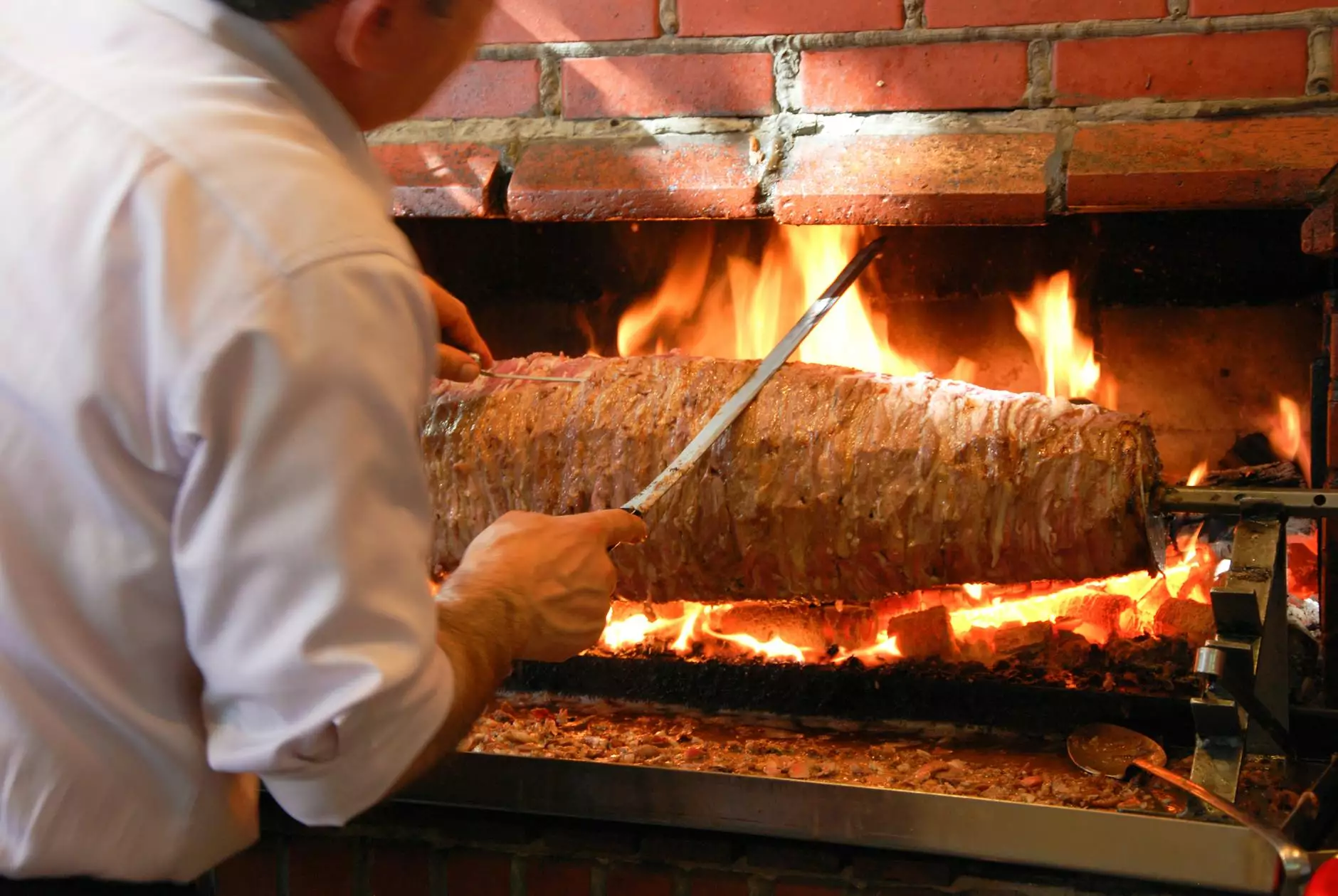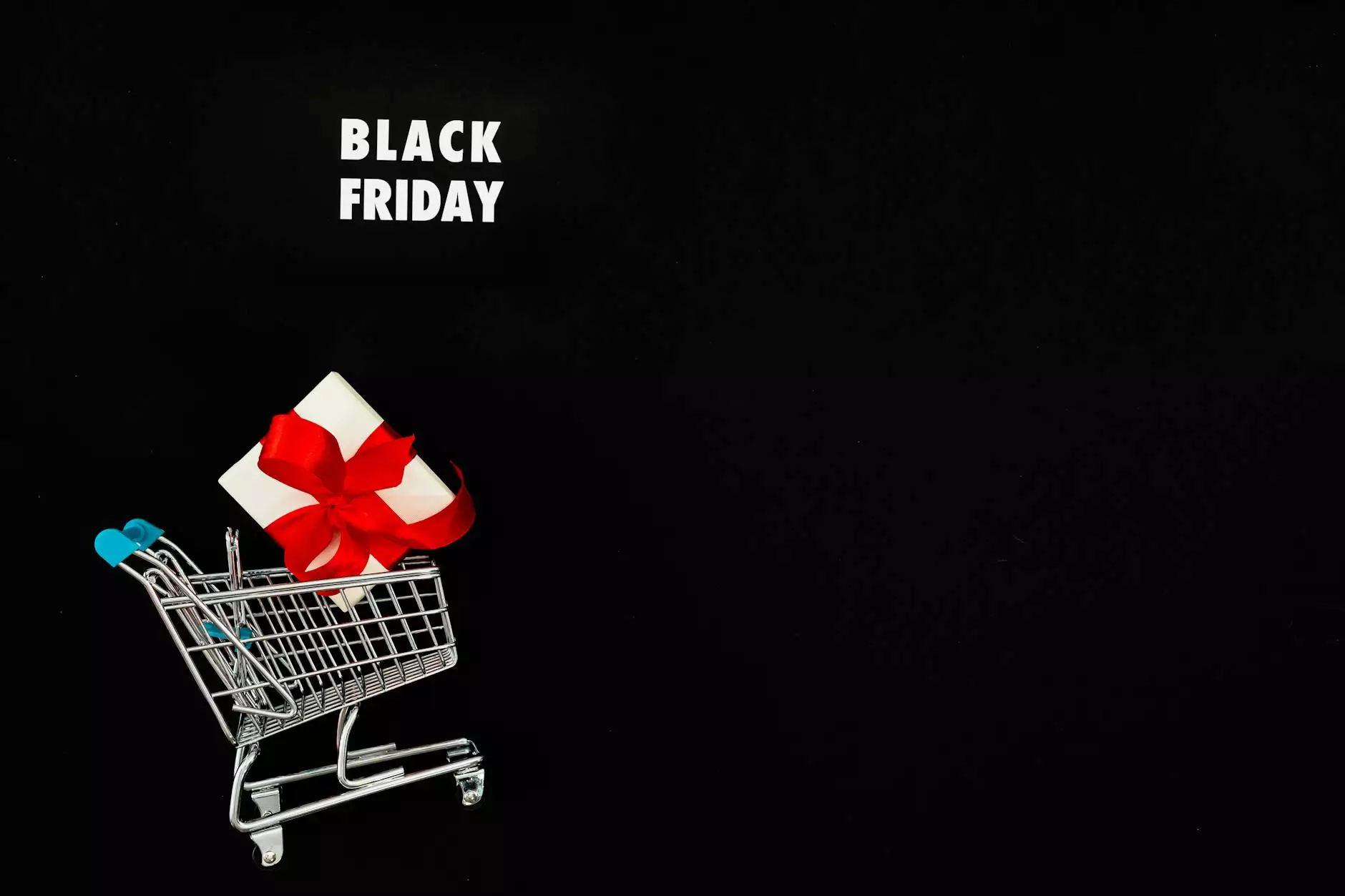Coconut Shell Charcoal for Hookah: The Ultimate Guide

Coconut shell charcoal for hookah has become increasingly popular among hookah enthusiasts and casual smokers alike. Not only does it provide a better smoking experience, but it is also an environmentally friendly alternative to traditional charcoal. In this comprehensive article, we will delve into the myriad benefits of coconut shell charcoal, how it is made, and why it is becoming the preferred choice for many hookah users.
What is Coconut Shell Charcoal?
Coconut shell charcoal is a type of activated charcoal derived from the shell of coconuts. The process of making this charcoal involves carbonization, which transforms the raw coconut shells into charcoal through the application of heat in the absence of oxygen.
Benefits of Using Coconut Shell Charcoal for Hookah
Hookah enthusiasts are turning towards coconut shell charcoal for several reasons. Here are some of the key benefits:
- Cleaner Taste: Unlike ordinary briquettes, coconut shell charcoal does not contain any additives, resulting in a purer and more flavorful smoke.
- Longer Burn Time: Coconut shell charcoal burns longer than traditional charcoal, providing a consistent and prolonged smoking session.
- Higher Heat Output: Due to its density and composition, coconut shell charcoal generates high temperatures, enhancing the overall hookah experience.
- Eco-Friendly: Sourcing coconut shells is sustainable, as they are by-products of the coconut industry. This makes coconut shell charcoal an environmentally responsible choice.
- Less Ash Production: Coconut shell charcoal produces significantly less ash compared to regular charcoal, making cleanup easier and reducing waste.
How is Coconut Shell Charcoal Made?
The production of coconut shell charcoal involves several steps:
- Collection: Coconuts are harvested, and their shells are collected as a by-product.
- Drying: The shells are dried to remove moisture, ensuring a more effective carbonization process.
- Carbonization: The dried shells are then heated in a low-oxygen environment, leading to pyrolysis, which decomposes the organic material.
- Activation: To make activated charcoal, the carbonized shells are treated with steam or chemicals to increase their surface area, enhancing their absorption properties.
- Packaging: Finally, the activated charcoal is ground, packaged, and made ready for distribution.
Comparing Coconut Shell Charcoal to Other Charcoal Types
When it comes to hookah smoking, the type of charcoal used can greatly affect the experience. Here, we compare coconut shell charcoal with other types such as quick-light briquettes and hardwood charcoal:
1. Quick-Light Briquettes
Quick-light briquettes are a popular choice due to their convenience. However, they often contain chemicals that aid in ignition, which can affect the flavor of the smoke. In contrast, coconut shell charcoal is free from such additives, making it a healthier choice.
2. Hardwood Charcoal
Hardwood charcoal is known for its ability to produce a strong flavor and high heat. While it offers some advantages, it often burns too quickly compared to coconut shell charcoal. The latter provides a balanced smoking experience without overwhelming the user.
Choosing the Right Coconut Shell Charcoal
To ensure you are getting the best smoking experience, it's essential to choose high-quality coconut shell charcoal for hookah. Here are a few tips for selecting the right product:
- Brand Reputation: Choose brands that are well-known and trusted within the hookah community.
- Ingredients: Look for charcoal that lists coconut shell as the sole ingredient, avoiding products with additives.
- Burn Quality: Read reviews to find out about the burn time and flavor experience of the charcoal.
- Packaging: Quality packaging can indicate how the charcoal has been handled and stored, affecting its performance.
- Price: While cheaper options may be available, investing in higher-quality charcoal is often worth it for the superior smoking experience.
How to Use Coconut Shell Charcoal with Hookah
Using coconut shell charcoal in your hookah setup is straightforward. Follow these simple steps for the best results:
- Heat the Charcoal: Use a charcoal burner or stovetop to heat the charcoal. It should glow red and emit heat evenly across its surface.
- Prepare the Hookah: Set up your hookah with fresh, flavored shisha in the bowl.
- Place the Charcoal: Carefully place the hot coconut shell charcoal on top of the shisha, using tongs to prevent burns.
- Allow to Settle: Let the hookah sit for a few minutes to allow the flavors to meld and the heat to permeate.
- Enjoy: Start inhaling gently through the mouthpiece and enjoy the smooth, flavor-rich smoke!
Environmental Impact of Coconut Shell Charcoal
As sustainability grows in importance, many are seeking eco-friendly alternatives in every aspect of life, including smoking. Coconut shell charcoal not only uses a waste product from the coconut industry, but it also minimizes deforestation compared to traditional wood charcoal. Making this choice contributes to a reduction in carbon footprint:
- Sustainable Sourcing: Coconuts are grown in abundant plantations, making the use of their shells a responsible choice.
- Carbon Sequestration: Coconut palms absorb carbon dioxide throughout their lifecycle, thus contributing positively to the environment.
- Waste Reduction: Utilizing coconut shells for charcoal production helps reduce agricultural waste.
Conclusion
In summary, switching to coconut shell charcoal for hookah not only enhances your smoking experience with its clean flavor and long-lasting burn but also promotes environmental sustainability. As enthusiasts continue to seek better, cleaner ways to enjoy their hookah sessions, the popularity of coconut shell charcoal is poised to grow. Make the informed choice today and elevate your hookah experiences!
Find the Best Coconut Shell Charcoal for Hookah
At Stary Timbers, we are dedicated to providing high-quality materials for all your hookah needs, including top-grade coconut shell charcoal. Explore our selection and experience the difference!









